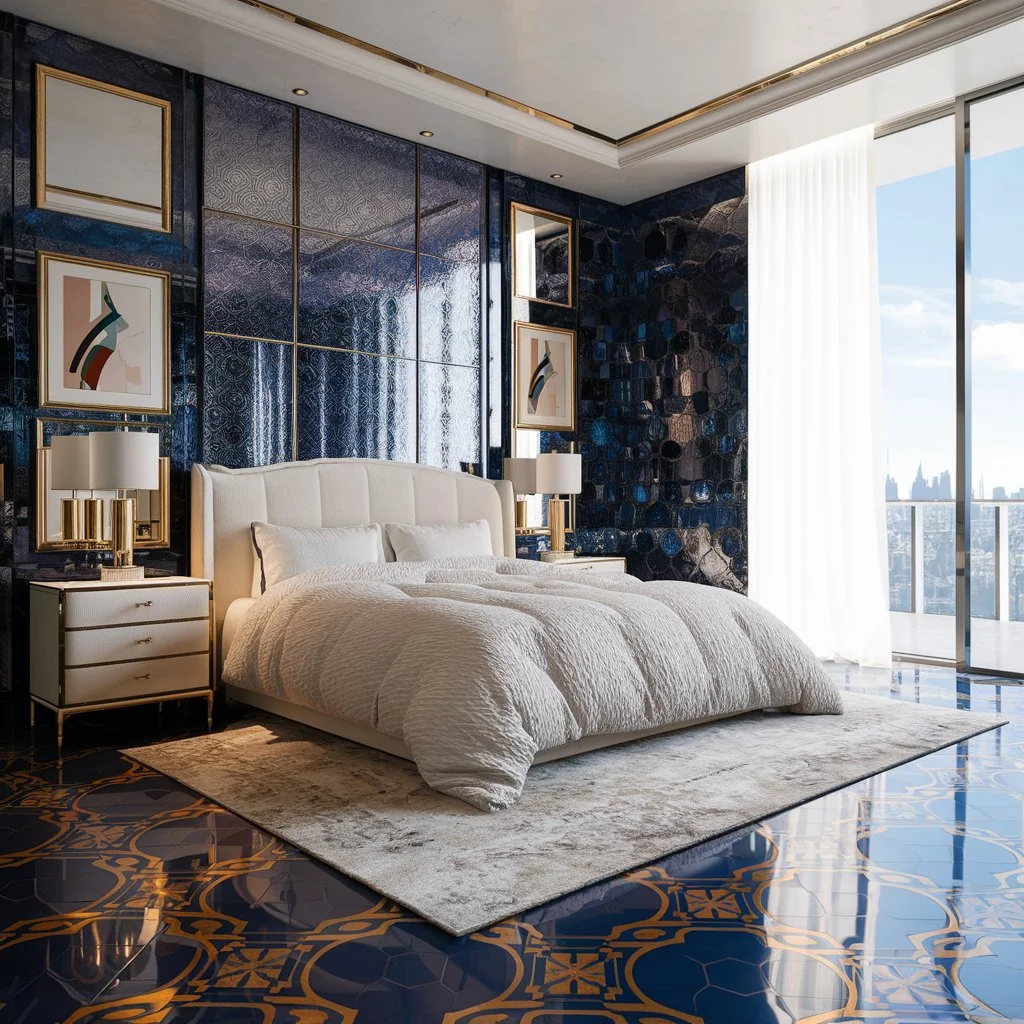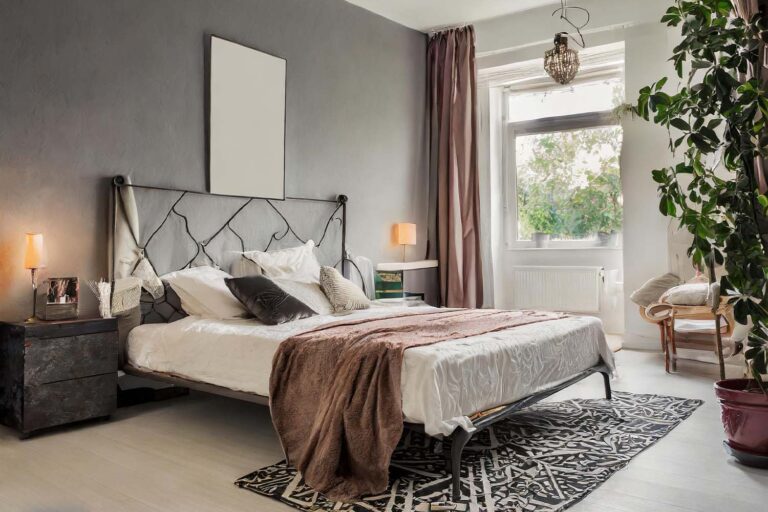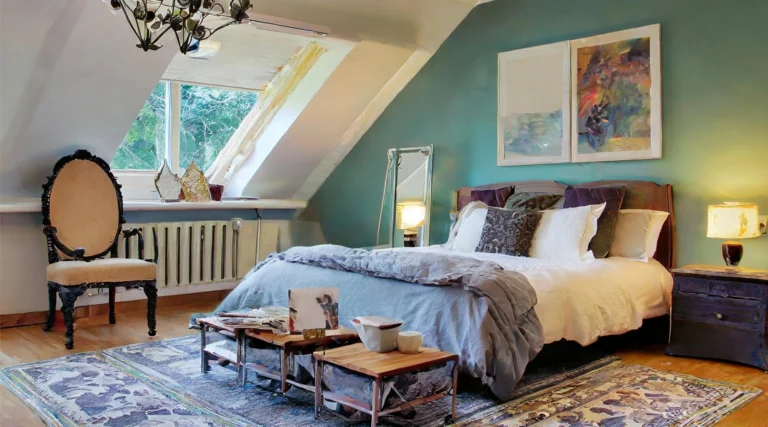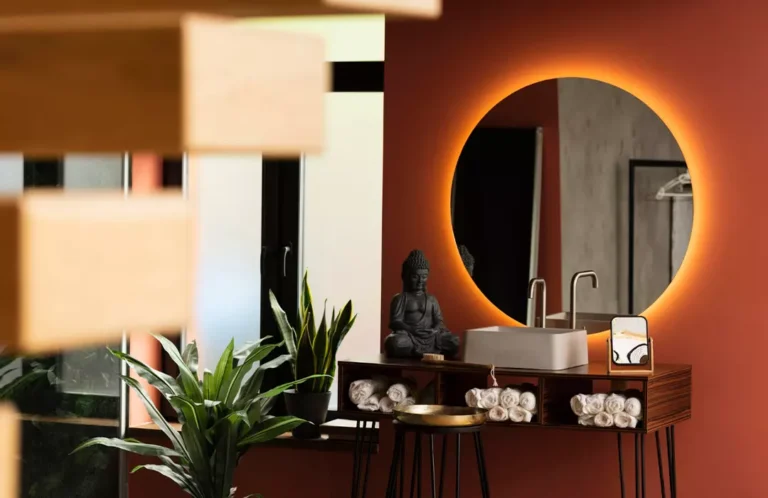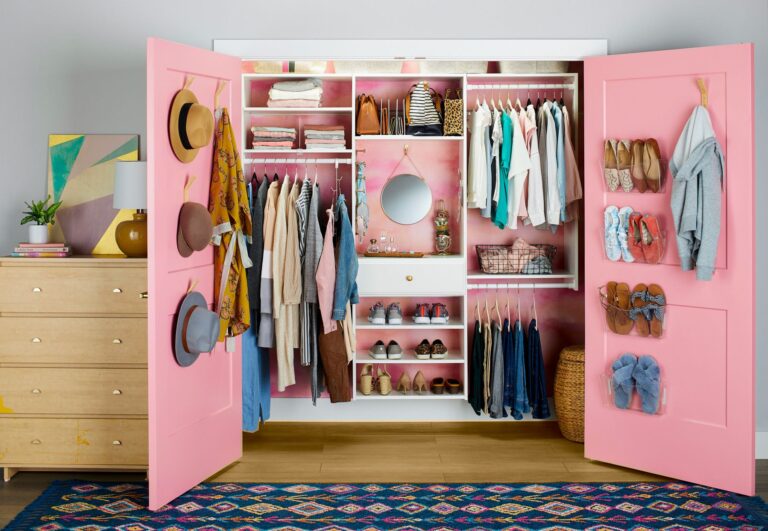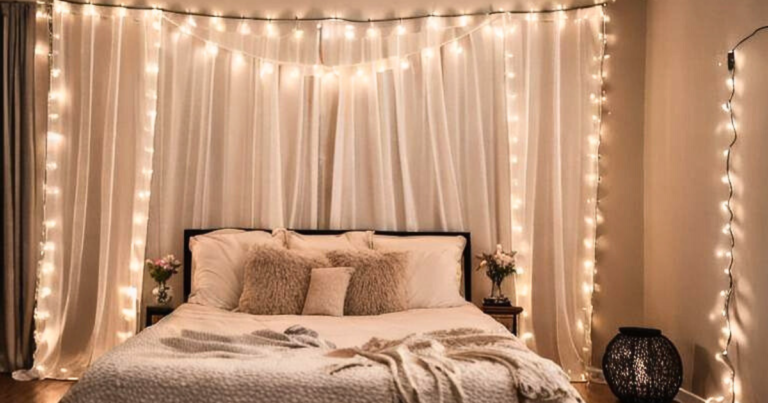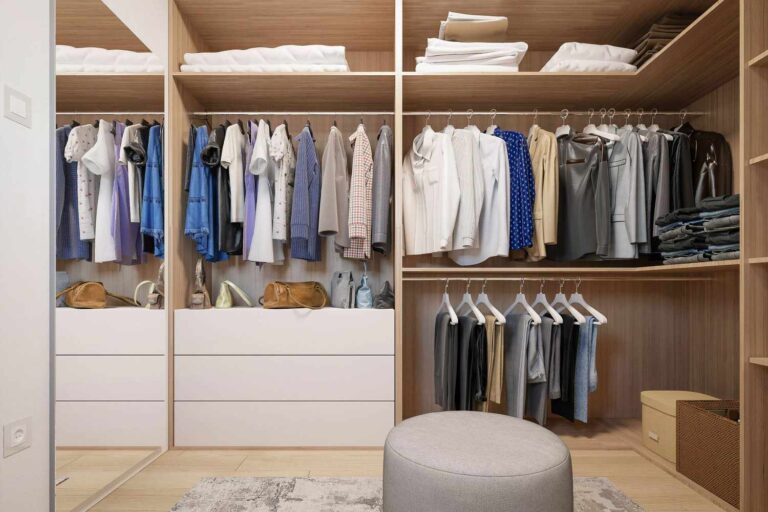Do You Have a Favorite Type of Bedroom Flooring?
Choosing the right flooring for your bedroom can make a significant difference in both the appearance and comfort of your space. From plush carpets that give a cozy feel to sleek hardwood that adds a touch of elegance, each flooring type offers something unique. But with so many options available, how do you determine which one is the best fit for your bedroom?
In this article, we’ll explore a range of bedroom flooring types and provide insight into what works best based on factors like space, durability, budget, and lifestyle. By the end, you’ll have a clearer idea of the ideal flooring for your personal sanctuary.
Have a Favorite Type of Bedroom Flooring
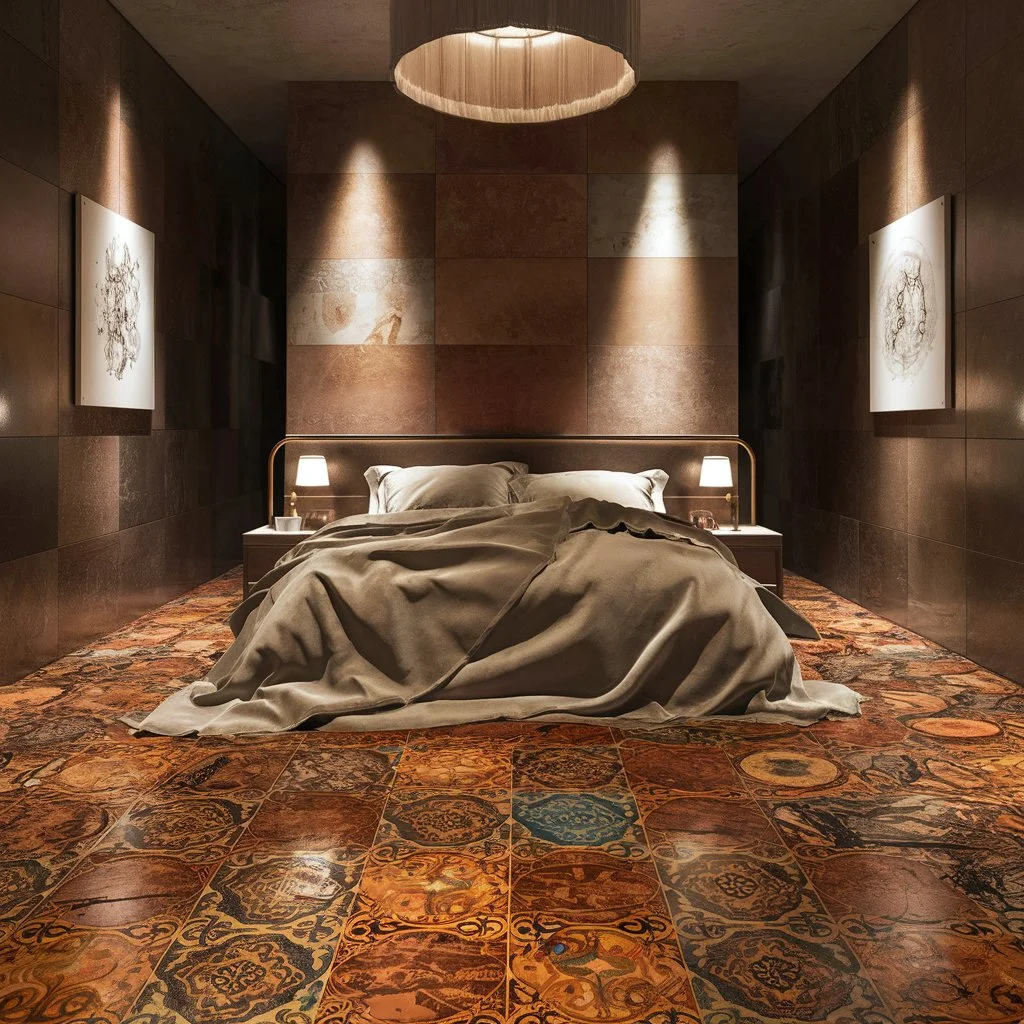
Everyone has their preference when it comes to flooring types, and each material brings its own set of benefits. The most popular bedroom flooring choices include:
- Hardwood Flooring: Classic, durable, and timeless. It adds warmth and sophistication to any room.
- Carpet: Ideal for creating a cozy and warm atmosphere, perfect for bedrooms where comfort is key.
- Laminate: Affordable and durable, laminate is a great alternative to hardwood for budget-conscious homeowners.
- Vinyl: Stylish and resilient, vinyl offers the look of wood or stone without the high cost.
- Tile: Though less common, tiles can work well in warmer climates and offer durability and easy maintenance.
Choosing your favorite type of bedroom flooring depends on your aesthetic preferences, comfort needs, and lifestyle.
How to Choose the Best Bedroom Flooring for a Small Space?
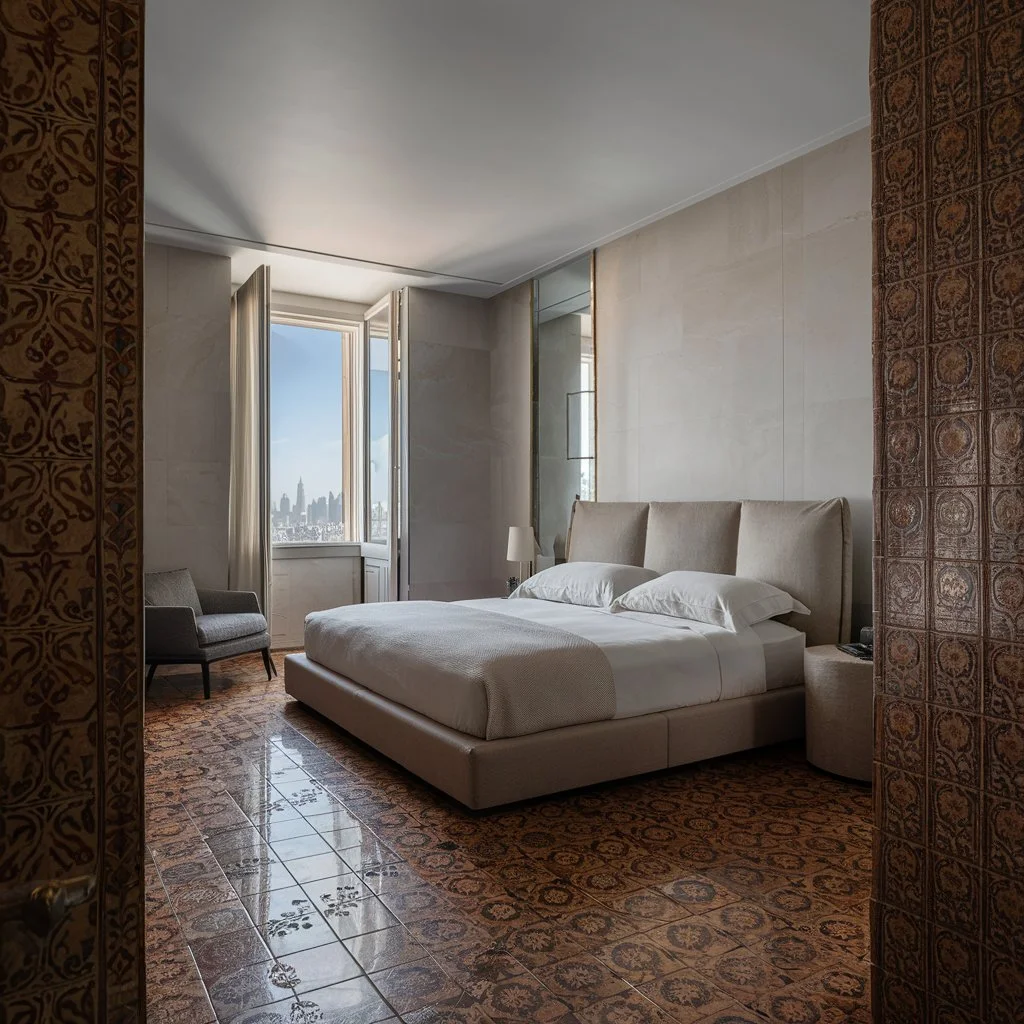
Small bedrooms can feel cramped, but the right flooring can help make the room feel more spacious. When choosing flooring for compact spaces:
- Light-colored flooring: Lighter shades of flooring, such as pale wood or light-colored vinyl, can reflect light and make the room appear larger.
- Plank size: Consider using wide planks or large tiles, as these can create an illusion of more space by reducing the number of visible seams.
- Minimalistic design: Keep patterns simple and avoid busy designs that might make the space feel cluttered.
Maximizing space with the right flooring choice can have a transformative effect on a small bedroom.
What is the Most Durable Type of Bedroom Flooring for High-Traffic Areas?
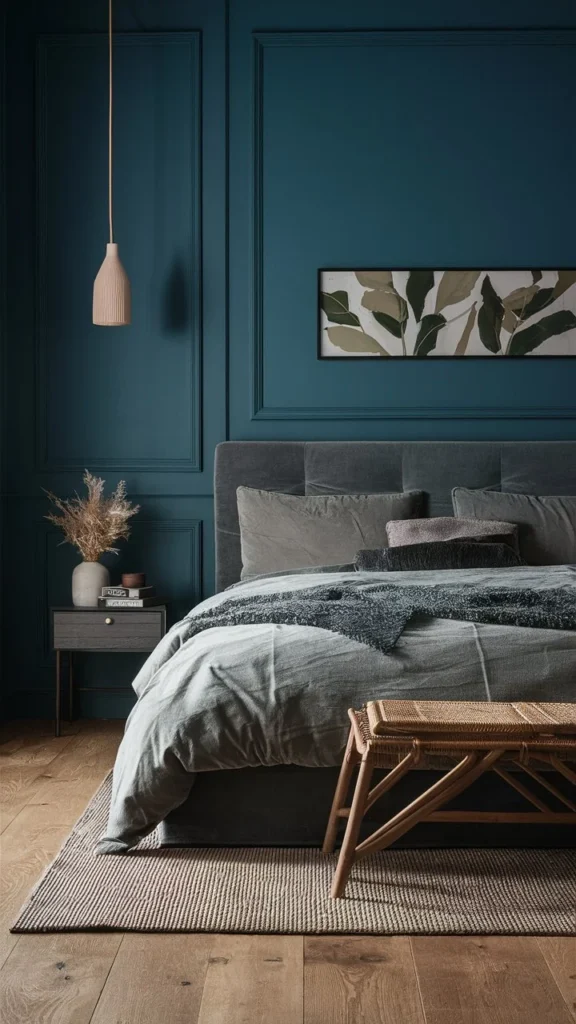
If your bedroom sees a lot of foot traffic or if it’s a shared space, durability becomes a key consideration. Some of the most durable bedroom flooring options include:
- Hardwood (especially oak and maple): Known for their strength, hardwood floors can last for decades with proper care.
- Luxury Vinyl Plank (LVP): Resilient, waterproof, and affordable, LVP is perfect for high-traffic areas.
- Laminate: While less durable than hardwood, laminate can withstand moderate wear and tear and is easy to replace.
Durable flooring is essential for ensuring your bedroom looks good for years to come.
Can I Install Hardwood Flooring in a Bedroom with Pets?
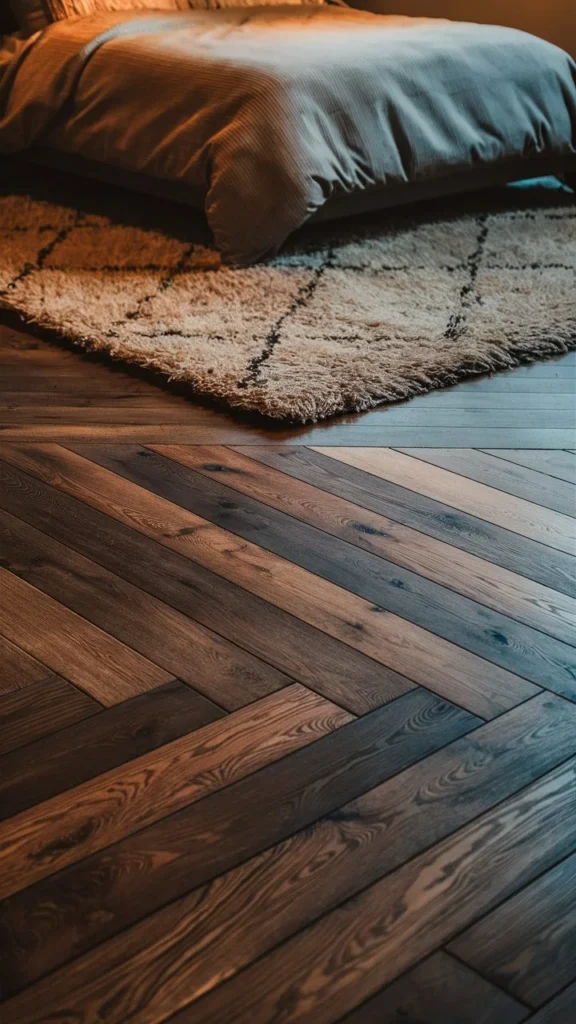
Yes, you can install hardwood flooring in a bedroom with pets, but there are a few things to consider:
- Scratch-resistant finishes: Opt for a finish that offers extra protection against pet claws.
- Harder wood species: Hardwood species like oak and hickory are more resistant to scratches and dents.
- Area rugs: Use area rugs to protect high-traffic zones and create a comfortable space for pets.
With proper precautions, hardwood can coexist beautifully with pets in the home.
What Type of Bedroom Flooring is Best for Allergy Sufferers?
For those prone to allergies, choosing the right bedroom flooring can make a big difference in air quality and overall comfort. The best allergy-friendly options include:
- Hardwood: Easy to clean and resistant to dust and allergens.
- Tile or Vinyl: These smooth surfaces don’t trap allergens and are simple to maintain.
- Low-pile Carpet: If you prefer the warmth of carpet, opt for a low-pile option, which collects less dust.
Hard floors are generally better for allergy sufferers as they don’t harbor dust, pollen, or pet dander like carpets can.
How to Match Bedroom Flooring with Existing Furniture and Décor?
Matching your flooring with your existing furniture and décor is key to creating a cohesive design. Here are some tips:
- Coordinate tones: If you have dark furniture, consider lighter flooring for contrast, or vice versa.
- Stick to a style: Rustic décor pairs well with hardwood or laminate, while modern décor might work best with sleek vinyl or tile.
- Consider texture: Flooring with texture (like distressed wood) can complement a more laid-back, cozy vibe.
Matching flooring with décor ensures your bedroom feels balanced and intentional.
What Are Some Affordable Alternatives to Hardwood Flooring for a Bedroom?
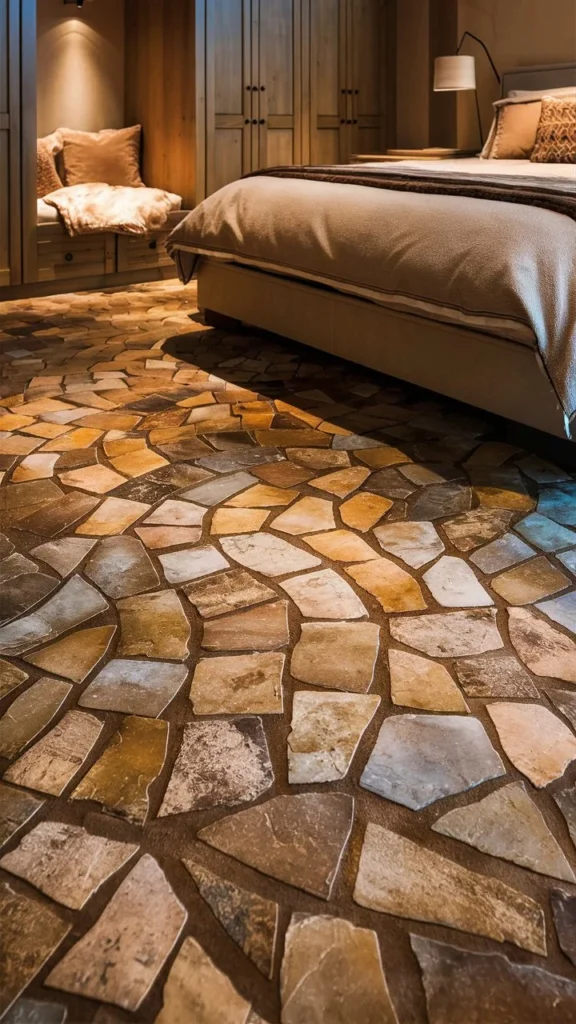
Hardwood is beautiful, but it’s not always budget-friendly. Luckily, there are some affordable alternatives that mimic the look of hardwood:
- Laminate: Provides the appearance of wood at a fraction of the cost.
- Luxury Vinyl Plank (LVP): Durable, waterproof, and budget-friendly, with a wood-like appearance.
- Engineered Wood: Less expensive than solid hardwood but still offers a genuine wood top layer.
These alternatives provide the same aesthetic without breaking the bank.
How Can I Keep My Bedroom Flooring Clean and Well-Maintained Over Time?
Maintenance is key to keeping your bedroom floor looking fresh and new. Here are tips for different flooring types:
- Hardwood: Sweep regularly and use a wood-safe cleaner.
- Carpet: Vacuum frequently and deep clean every 6-12 months.
- Vinyl: Clean with a damp mop and avoid harsh chemicals.
- Laminate: Sweep and mop with a laminate-safe cleaner to prevent warping.
Regular maintenance ensures your flooring stays in top condition for years.
The Best Carpet Options for Bedrooms
Carpet remains one of the most popular choices for bedroom flooring due to its softness and warmth. The best types of carpet for bedrooms include:
- Nylon: Durable and resistant to wear, making it perfect for high-traffic bedrooms.
- Wool: A luxurious, natural option with excellent insulation properties.
- Polyester: Budget-friendly, stain-resistant, and available in a wide range of colors.
Carpet provides warmth and comfort underfoot, making it a popular choice for bedrooms where comfort is a priority. Choosing the right carpet fiber depends on your lifestyle and budget, but there are plenty of options to suit every need.
Are Eco-Friendly Flooring Options Available for Bedrooms?
If sustainability is important to you, there are plenty of eco-friendly flooring options that combine style, comfort, and environmental responsibility. Consider the following options:
- Bamboo Flooring: Bamboo is a renewable resource that grows quickly, making it an environmentally friendly choice. It’s also durable and stylish.
- Cork Flooring: Cork is made from the bark of cork trees, which regenerates, making it a sustainable option. It’s soft underfoot and has natural insulating properties.
- Reclaimed Wood: If you love the look of hardwood, opt for reclaimed wood. Using recycled materials reduces the demand for new resources and gives your floor a unique, rustic charm.
- Linoleum: Made from natural materials like linseed oil, linoleum is biodegradable, durable, and available in a variety of styles and colors.
These eco-friendly options provide both sustainability and style for your bedroom.
Vinyl vs. Laminate: Which is Better for Bedroom Flooring?
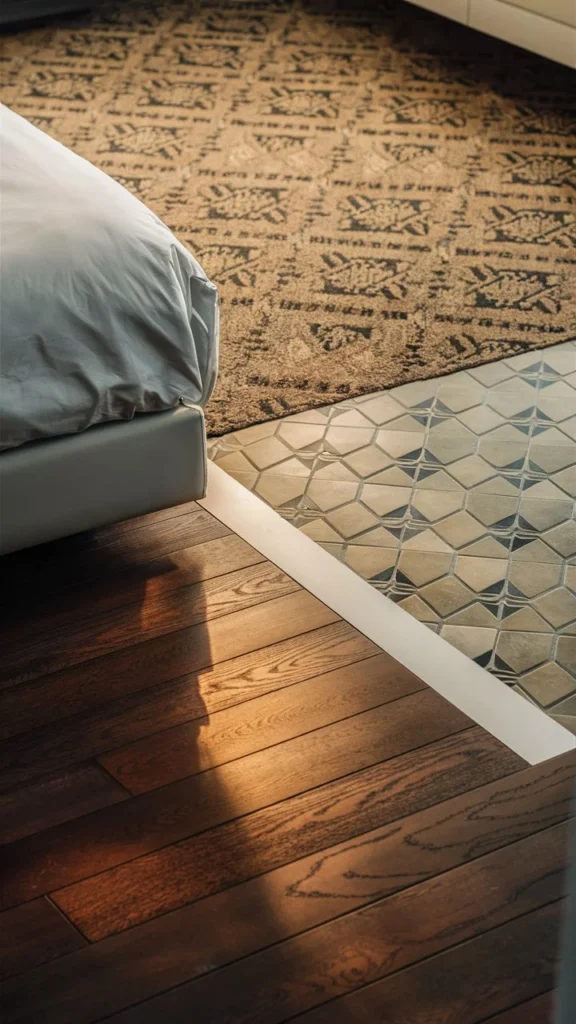
When it comes to choosing between vinyl and laminate flooring, both offer distinct advantages. Here’s a quick comparison to help you decide which works best for your bedroom:
Vinyl Flooring:
- Durability: Vinyl is highly durable and water-resistant, making it a great choice if you have kids or pets.
- Comfort: It has a softer feel underfoot compared to laminate, making it a cozy option for bedrooms.
- Aesthetic: Available in a wide variety of designs, including wood-look and stone-look patterns.
- Cost: Vinyl is typically more affordable than laminate and easier to install.
Laminate Flooring:
- Durability: Laminate is scratch-resistant and can handle moderate traffic well.
- Aesthetic: It closely mimics the look of real wood and stone, giving your bedroom a high-end feel.
- Maintenance: While easy to clean, laminate isn’t as water-resistant as vinyl, so it may not be ideal for spill-prone areas.
- Cost: Slightly more expensive than vinyl but still affordable compared to hardwood.
Both options provide a cost-effective way to achieve a stylish, durable bedroom floor. Your choice ultimately depends on your specific needs and preferences.
The Benefits of Area Rugs for Bedroom Flooring
Area rugs are a fantastic way to add warmth, comfort, and style to any bedroom, regardless of your primary flooring choice. Here’s why you might want to incorporate an area rug into your bedroom design:
- Softness underfoot: If you have hardwood or tile floors, an area rug adds a cozy, soft layer for your feet, especially in the morning.
- Noise reduction: Rugs help absorb sound, making your bedroom quieter and more peaceful.
- Style enhancement: An area rug can be a design focal point, adding color, pattern, and texture to the room.
- Floor protection: Rugs can protect your flooring from scratches, spills, and wear, particularly in high-traffic areas.
- Flexibility: You can easily swap out rugs to change the look of your bedroom seasonally or whenever you want a quick update.
Area rugs are a versatile and practical addition that enhances both the look and comfort of your bedroom.
How to Install Bedroom Flooring on Your Own?
If you’re a DIY enthusiast, installing your own bedroom flooring can save you money and give you a sense of accomplishment. Here’s a general guide to help you get started:
- Choose your flooring material: Depending on your skill level, some materials like vinyl planks or laminate may be easier to install than others.
- Gather your tools: You’ll need basic tools such as a tape measure, utility knife, underlayment (for certain floors), spacers, and a flooring installation kit.
- Prepare the subfloor: Ensure your subfloor is clean, level, and dry before you begin. For hardwood or laminate, you might need to install an underlayment for moisture protection and soundproofing.
- Measure and cut your flooring: Measure the space carefully and cut your flooring materials to fit. Be sure to leave a small gap between the wall and flooring for expansion (usually ¼ inch).
- Lay your flooring: Start at one corner of the room and work your way across, clicking or adhering the planks or tiles together as needed. Use spacers to maintain your expansion gap.
- Install finishing touches: Once the flooring is laid, you can add baseboards or quarter-round molding to cover the expansion gaps and give your room a finished look.
With careful preparation and patience, you can successfully install beautiful new flooring in your bedroom.
Conclusion
Choosing the right bedroom flooring is all about finding the perfect balance between aesthetics, comfort, and functionality. Whether you’re drawn to the timeless appeal of hardwood, the softness of carpet, or the durability of vinyl or laminate, there’s a flooring option out there to suit your lifestyle and budget.
From small-space solutions to allergy-friendly choices, this guide has covered the essential factors to consider when picking out your bedroom floor. Remember, your bedroom should be a sanctuary, and the right flooring can elevate the entire atmosphere of your space.
FAQs
- What type of bedroom flooring is easiest to install? Vinyl plank and laminate flooring are some of the easiest types to install due to their click-lock installation systems, making them great for DIY projects.
- Is underfloor heating compatible with all flooring types? No, underfloor heating works best with hard flooring materials like tile, vinyl, and engineered wood. Carpets and certain laminates may not be suitable as they can insulate too much heat.
- How often should I replace bedroom flooring? This depends on the material. Carpets typically need to be replaced every 10-15 years, while hardwood can last a lifetime with proper care. Vinyl and laminate may need replacing after 15-20 years.
- Which flooring type adds the most value to my home? Hardwood flooring tends to add the most value to a home, as it is durable, timeless, and appeals to many buyers.
- Can I use outdoor flooring in a bedroom? While it’s possible to use durable outdoor materials like tile or concrete in a bedroom, these options may not offer the warmth or comfort typically desired in an indoor living space.

